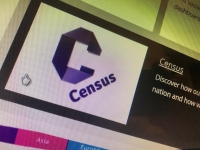
Data is playing a bigger role than ever in how organisations think about people. Hiring decisions, team structures, and workforce planning are increasingly being shaped by the insights we can draw from the information we already hold. Whether it’s measuring the impact of leadership styles, identifying gaps in capability, or improving retention, the shift towards data informed decision making is picking up pace. But for many organisations, the move from intuition to evidence isn’t always easy.
Take a hypothetical example from a mid-sized tech company based in Manchester. They had noticed rising staff turnover in one of their core teams and couldn’t work out why. By analysing data from performance reviews, engagement surveys, learning platforms and project outcomes, they began to spot a pattern. The teams that stayed together and delivered the most consistent results weren’t necessarily the most technically brilliant, but they did show greater diversity in backgrounds and collaboration styles. This prompted a rethink in their hiring strategy. Instead of focusing on a narrow set of academic or technical credentials, they started looking at candidates with broader skills and different perspectives. They also used internal data to spot early signs of disengagement, which helped them retain people who might otherwise have left quietly.
Now consider a government department in central London trying to apply similar thinking. The leadership is keen to make recruitment more strategic, especially with a push towards regional hubs. But the data they need is scattered across different systems. Some HR data is held in spreadsheets, some in ageing databases, and some hasn’t been kept up to date at all. Even when the information exists, there’s limited internal capacity to make sense of it. Middle managers are often left to interpret reports they’re not confident using, and senior leadership still relies heavily on instinct and past experience. The will to change is there, but the tools, skills and organisational support aren’t. Progress is slow, and any successes are hard to replicate.
These examples reflect the real-world challenges that come with trying to make data central to hiring and team building. For one thing, data is often siloed or difficult to access. Systems don’t always connect, and cleaning up legacy data can be a huge task. Even when good data is available, organisations may lack the skills to turn it into something useful. There’s also the issue of leadership focus. If data informed decisions aren’t championed at the top, they rarely gain traction further down. And perhaps the hardest part of all is shifting the culture. Moving from a process-driven, transactional model of HR to something more strategic takes time, and without a shared belief in the value of data, people quickly revert to old habits.
That said, the benefits are clear. When organisations invest in making data part of their people strategy, it becomes easier to make fair, consistent and forward-looking decisions. Hiring becomes more inclusive. Teams become more resilient. Talent development becomes less reactive. And managers feel more confident knowing they’re supported by real evidence, not just gut feel.
Does any of this resonate with your experience? Are you facing similar barriers around access, skills or culture when it comes to using data to shape your teams? At Malikshaw Interim and Executive, we’ve been helping organisations across the UK navigate these challenges and unlock the potential of data driven transformation. We support leaders and HR teams to build capability, align systems, and bring their people with them on the journey. If you’re looking for a partner to help you move forward, we’d be happy to start a conversation.









